
In October 2017, US alpinists and mountain guides Tino Villanueva and Alan Rousseau established a significant new route on the north ridge of Rungofarka (6495m) in Jammu and Kashmir in the Northern Indian Himalaya, which they named The T&A Show (VI M6 WI4+, 1200m). The pair climbed alpine style over five days to make what is likely the first ascent of the peak.
Having initially attempted a direct line up the north face before descending at around 6000m due to exhaustion, the team opted for an alternative route up the north ridge, where a surprise cave proved to be a 5-star bivi and the key to success. Tino documented their ascent in detail through a series of Instagram posts:
Listen to an American Alpine Journal podcast by Dougald MacDonald in which he interviews Alan Rousseau about the ascent:





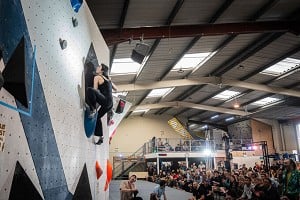
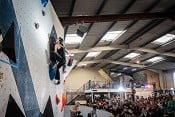


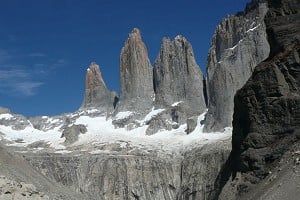

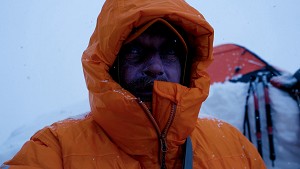


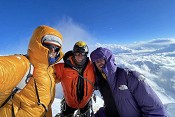
Comments
What boots did these guys use on the climb?